Pick Your Favorite: 6 Types of Lenses & 3 Characteristics to Look For
Rent film gear from local filmmakers.

Rent film gear from local filmmakers.
The lens is the second most crucial purchase outside the camera body itself. But which of the many different camera lenses should you get?
Read along, and you'll learn all you need about the various types of camera lenses and which situations require which lens.
If you want to learn more about essential gear for photography, look no further than our article on camera equipment.
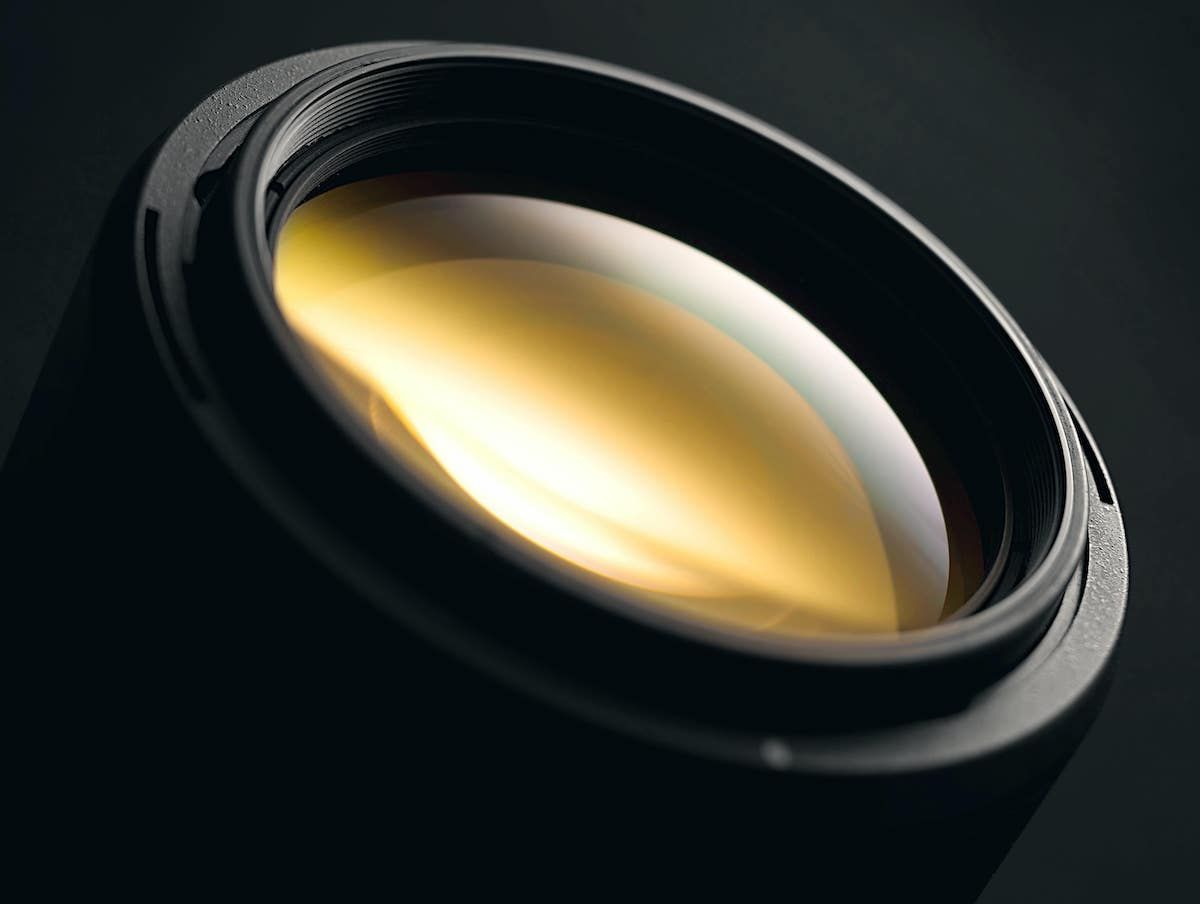
Prime vs. zoom lenses
First of all, there are primarily two types of camera lenses that we talk about: Prime lenses and Zoom lenses. There's no definite winner in the debate between prime and zoom lenses. Each lens has its advantages and disadvantages.
A prime lens is a lens with a fixed focal length. This means you can't zoom in like you're used to on your smartphone camera. If you want to look at your subject, you'll have to physically move the camera.
Zoom lenses are versatile lenses due to their many ranges of focal lengths. This means that you can do many different styles and perspectives without losing quality.
While the zoom lens gives you a versatile range of focal lengths, the prime lens is typically faster, lighter, and provides sharper images. The price is typically higher on prime lenses, and they are not as versatile. If you have several needs or want to be versatile, you might have to get more than one.
The 6 main types of camera lenses
There are many different camera lenses, but we've listed the 6 most common types of camera lenses.
1. Fisheye
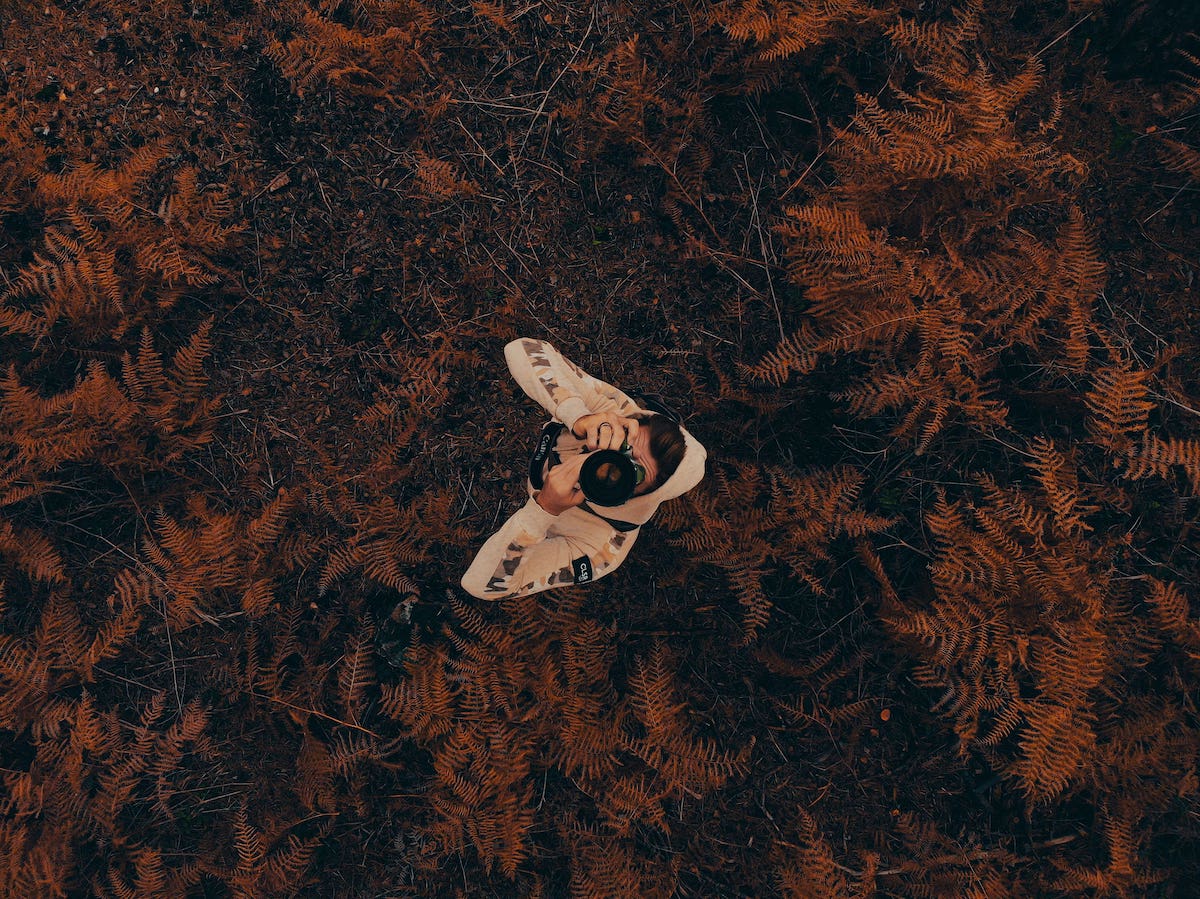
A fisheye lens is a lens that allows you to make a recording in a 180-degree radius. It's typically used for abstract or creative recording due to its unique look. One of the most common places you'll see it is in skate videography.
Focal length
- 4-14mm
Used for
- Skate videos
- Abstract projects
- Creative projects
2. Wide-angle
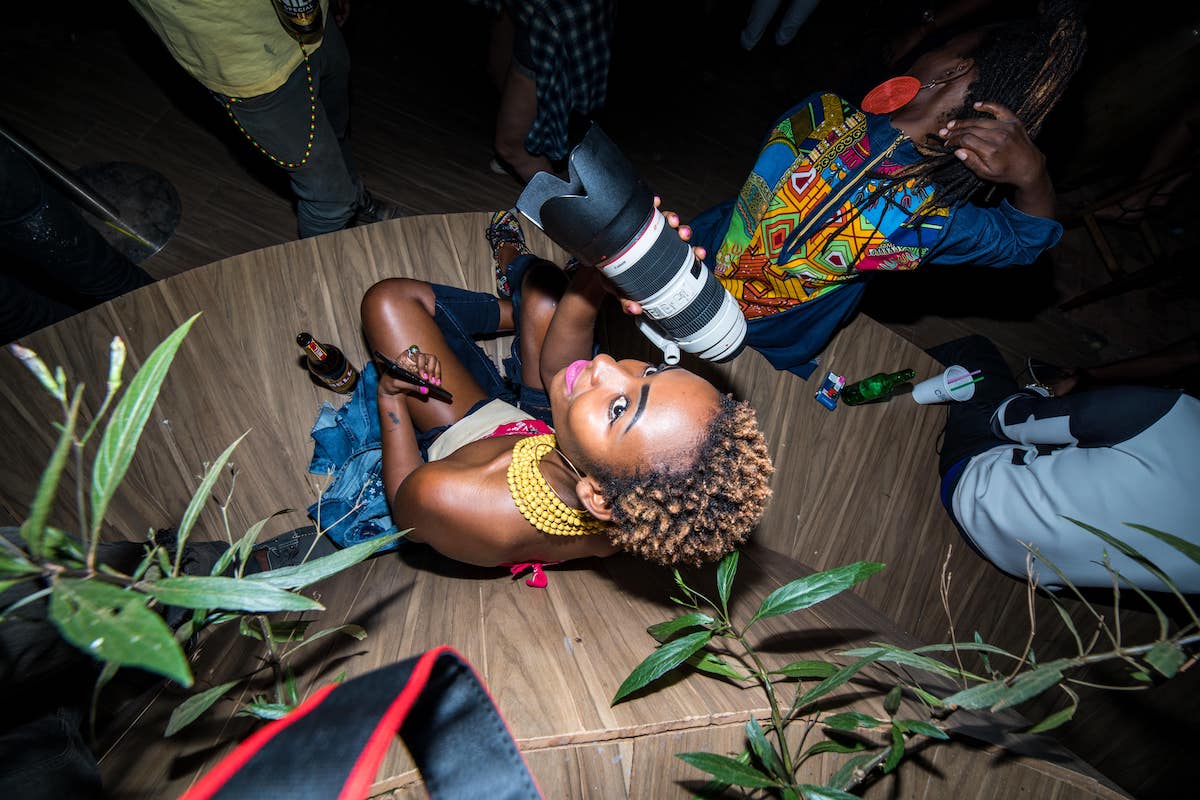
Wide-angle lenses have a wide angle and fit a larger area in the frame than other lenses. Wide-angle lenses can have a wide focus area unless you have a subject near the lens.
Focal length
- 14-35mm
Used for
- Landscape photography
- Architecture photography
- Real estate photography
3. "Standard"
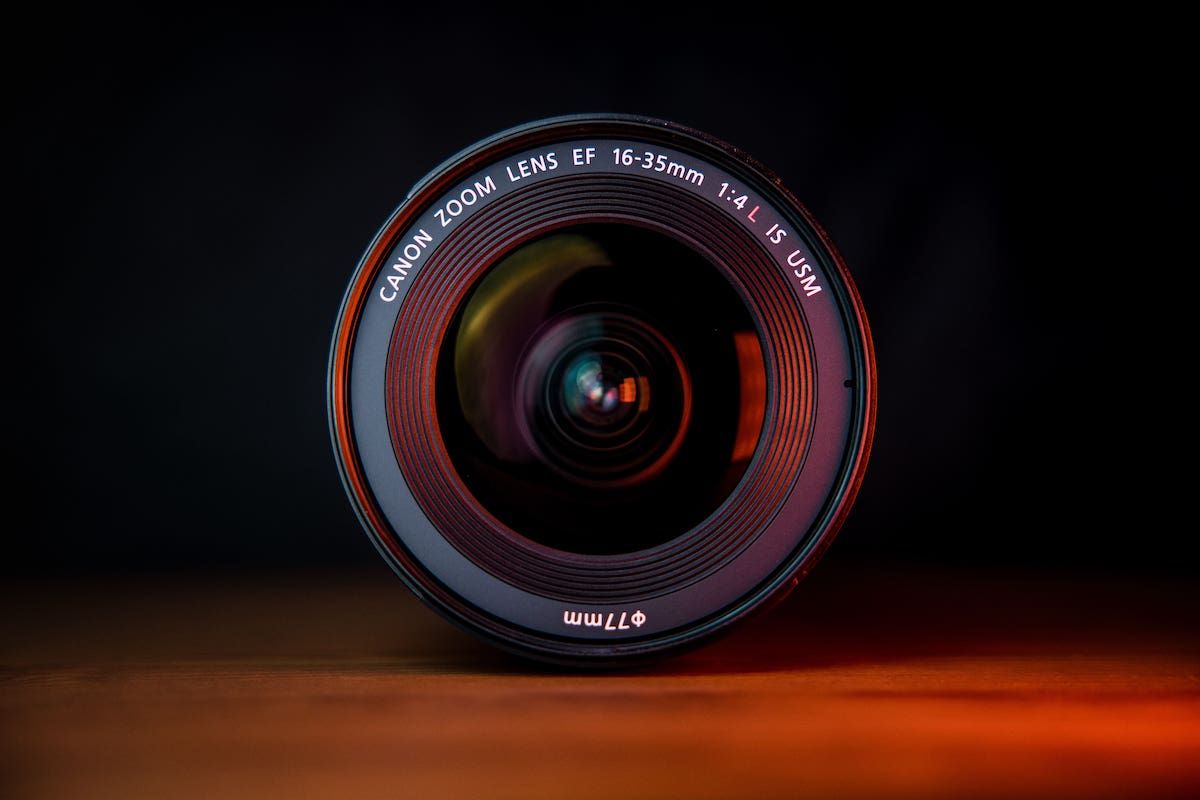
Standard lenses are generally more versatile with a long-range focal length. These lenses are used in many situations that don't require a unique lens.
Focal length
- 35-85mm
Used for
4. Telephoto

A telephoto lens works much like a telescope, as it allows you to focus on very distant objects/subjects. Telephoto lenses are great for zooming in at great distances. They are typically heavier than a regular lens, and they do not come cheap!
Focal length
- 135mm or more
Used for
5. Macro
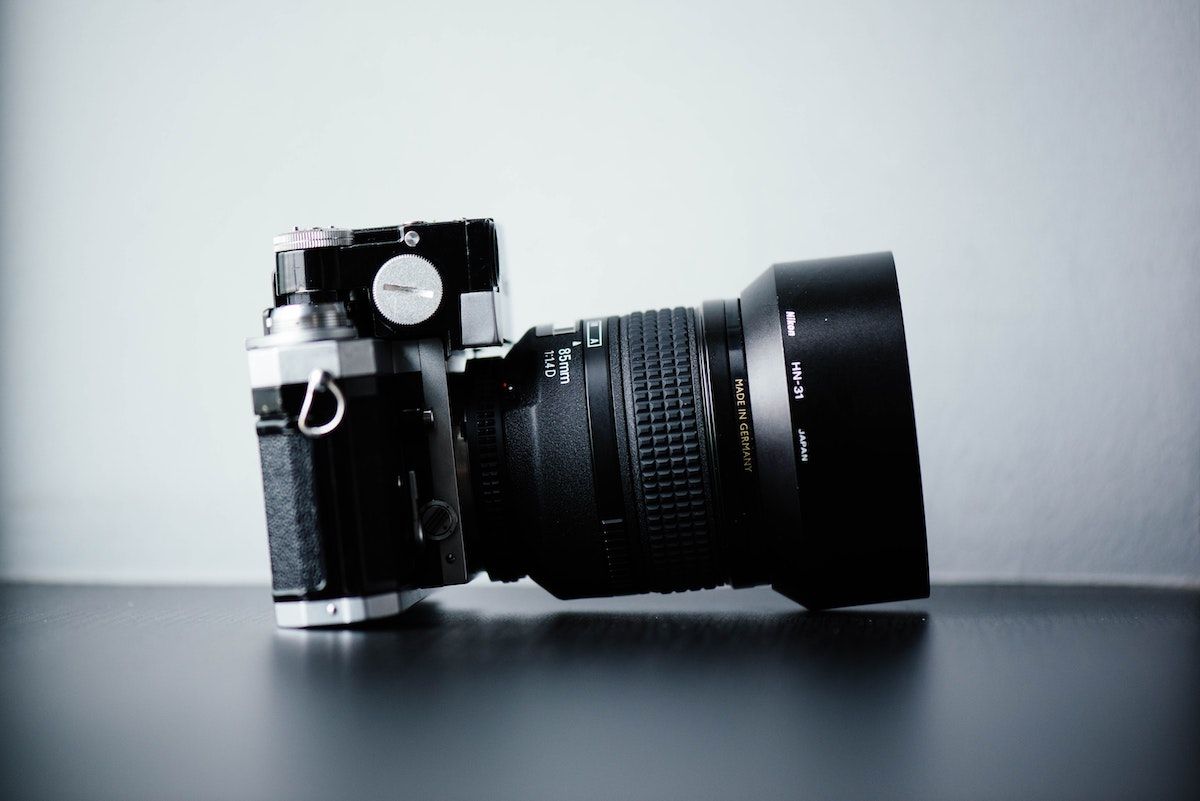
A macro lens is a lens that allows for taking outstanding close-up photos. A macro lens is excellent for capturing small details that might be hard to see with the naked eye.
Focal length
- 35-200mm
Used for
- Product photography
- Tattoo photography
- Other types of close-up shots
6. Tilt-shift
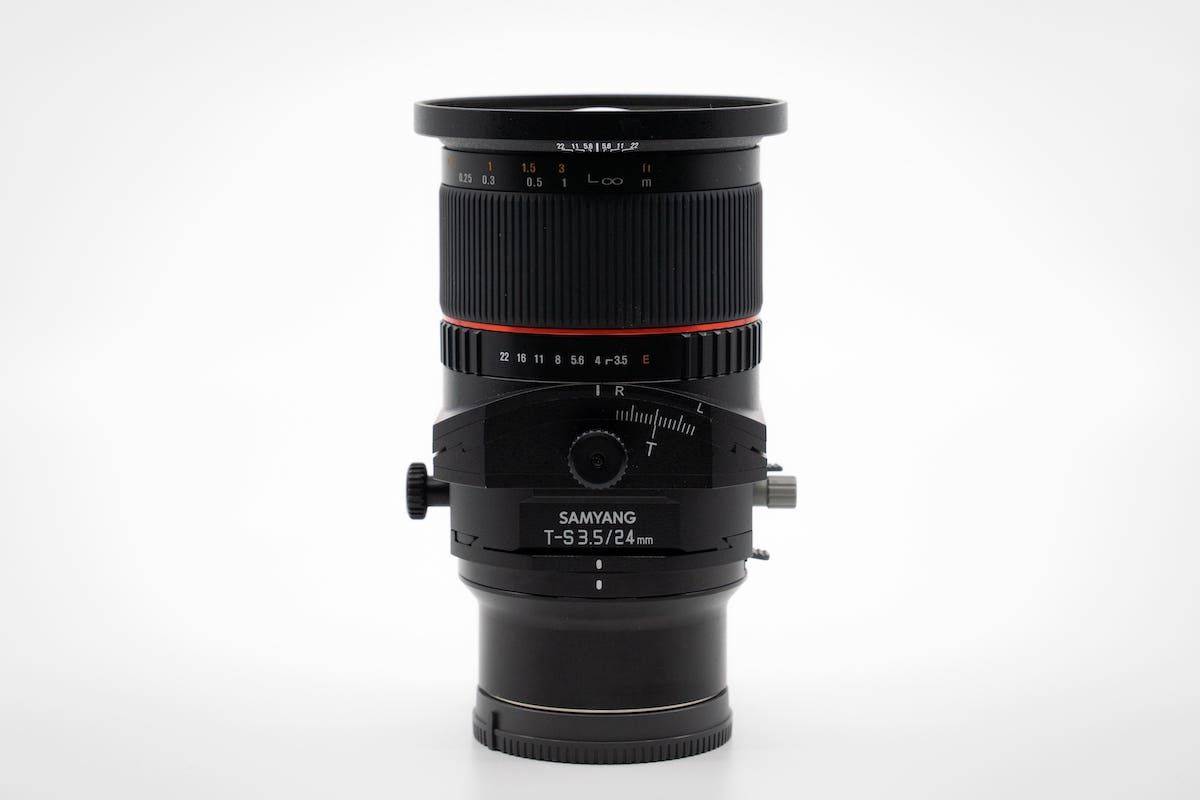
A tilt-shift lens is a lens that allows you to take a photo of a subject that appears to be smaller than it actually is. This results in objects in pictures looking almost like miniature models. Tilt-shift is excellent for controlling the perspective directly on the lens.
Focal length
- 17-135mm
Used for
- Architecture photography
- Portrait photography
- Fine art photography
3 essential camera lens characteristics
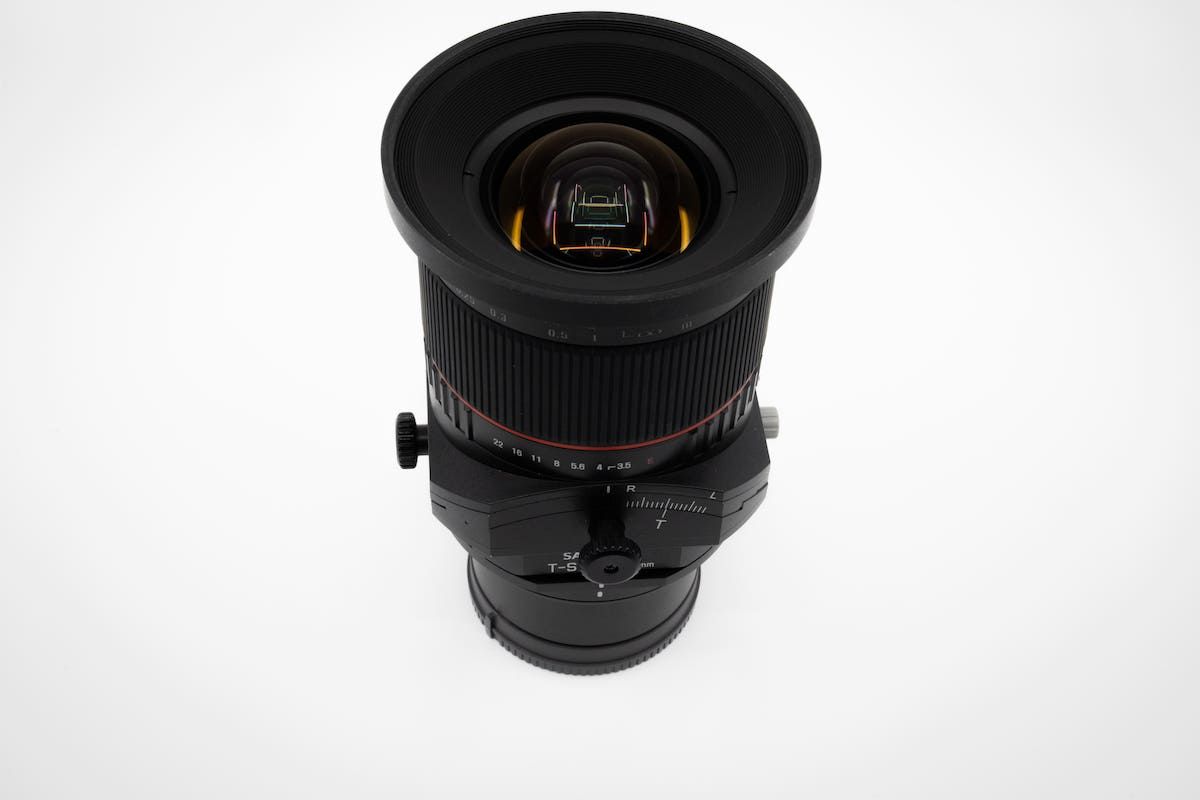
1. Aperture
The aperture influences just how much light hits the image sensor of your lens. The aperture is measured in f-stop and is stylized as f/2, f/4, f/8, etc. It will determine how much light you let in, and f/8 will let in less light than an f/4 lens.
2. Depth of field
Depth of field (DOF) is the area of the frame which is acceptably sharp. It's considered the area in the frame that's in focus; the rest is more blurry.
You can have either a shallow DOF or a deep DOF. A shallow DOF means that only a tiny portion of your frame is in focus. The rest is blurred. A deep DOF implies that most of your frame is in focus.
3. Distortion of space
Distortion of space refers to the distortion of the lens. A lens can be distorted to change perspective. An example of this is the fisheye lens, which is distorted to capture 180 degrees.
What to consider in a camera lens
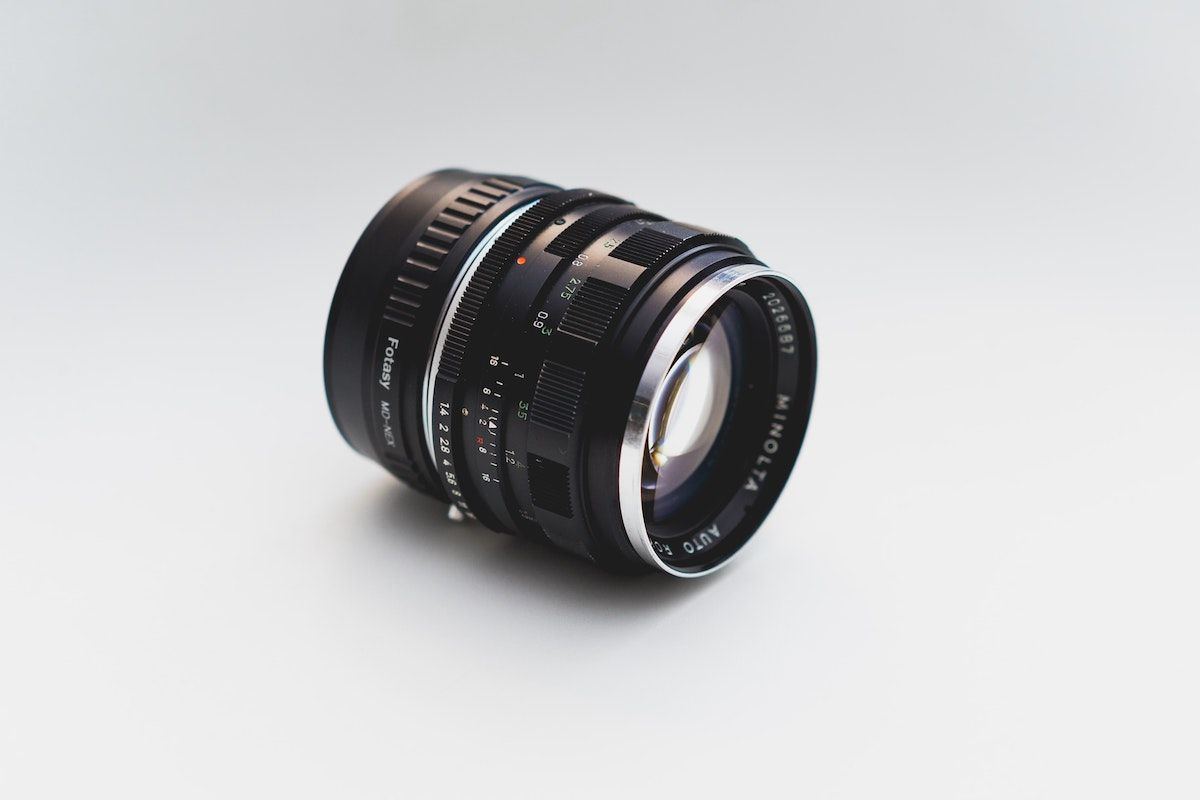
Weight
Consider how much the lens itself weighs. There's a significant variation in weight in the different camera lenses.
If you're doing photography where you know you'll be moving around a lot, you might not want a heavy lens to carry around. Especially not if it isn't necessary.
This goes for, among others, war photographers, travel photographers, and street photographers. These are all photography genres that require a lot of moving around, and if you're carrying an extra 8 pounds in lenses, it can get quite hard.
It's also harder to hold your camera still if you have too much-added weight.
Shooting purpose
Another essential thing to consider is what use you have for the lens. Each type of camera lens has its pros and cons.
If you're doing product photography, you should get a macro lens. If you want a more versatile lens, get a standard zoom lens.
Compatibility with camera
There are many different brands of lenses in the world, and each camera has a different lens mount meaning that not every lens fits every camera.
You have to be sure that the lens you buy is compatible with your camera, or at least be sure to get an adapter if possible.
Features
Lastly, consider if there are any additional features that you want your lens to have.
An example could be built-in autofocus. And the functionality of that can vary from lens to lens, with some having more silent or better-performing autofocus than others.

Rent or subscribe to your favorite lens
Hopefully, you learned more about the different camera lenses.
If you're still unsure what type of lens to get, consider trying out a lens first. To do that, you can go and rent or subscribe to a lens on Wedio.
Camera Rental: Save Money with Wedio
5sHshmF1n_Y
Rent Camera Gear: Access Pro Equipment
qqHXJy6AWlc
Camera Hire: Take Your Production to The Next Level
71PttfqWPXk
About the instructors
FAQ
What are the 4 types of camera lenses?
Macro lenses, Telephoto lenses, Wide angle lenses and standard lenses.
What are the 3 essential types of camera lenses?
Macro lenses, Wide angle lenses and standard lenses.























